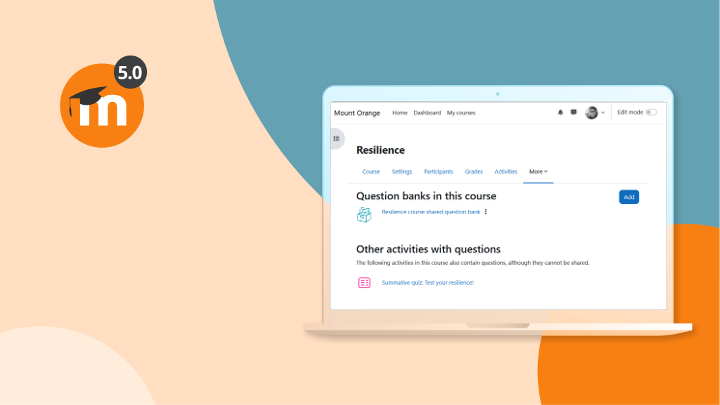Gartner says that by ‘2015 , more than 50% of organizations that manage innovation processes will gamify those processes’. The message is clear; gamification needs to become part of E-learning design if organisations want to train employees and achieve high levels of engagement.
Defining gamification
Karl Kapp defines it as ‘using game-based mechanics, aesthetics and game-thinking to engage people, motivate action, promote learning and solve problems’. Different to a game, gamification takes elements from gaming and integrates them within the design of the elearn to create an active learning experience.
Design techniques
L&D professionals should consider game mechanics and game thinking during the design stage:
Game mechanics: points, bonuses, goals, levels, status, progression.
Game thinking: stories, challenges, quests, characters, avatars.
Freedom to fail should also be designed within the E-learn; learning from mistakes empowers people to learn, and retain knowledge.
Key thoughts
Gartner says by ‘2014, 80% of current gamified applications will fail to meet business objectives primarily due to poor design’. Think about what you want to achieve by integrating gaming elements into your elearn content. To create an engaging learning experience that includes gamification, but which also has a return on investment, ask your stakeholders:
- What business or learning problem are you trying to address?
- How you can transform content into a compelling story that provides the learning context as well as lets the learner interact with it
- Structure or chunk content in playing levels: demonstration, practice, assessment
- How will learners be rewarded and motivated?
- What are the benefits or outcomes you expect to achieve?
- How is success defined and measured?
- How will learners access the gamification experience?
- Will the training solution be web-based or can it be downloaded?
- Will you integrate feedback within the gaming design or at the end of the program?
Kapp points out that it’s important to realise that games are not a ‘one size fits all’ solution. How L&D professionals apply gamification into their organisation is as much to do with the organisation’s big picture vision as it has with good design.







